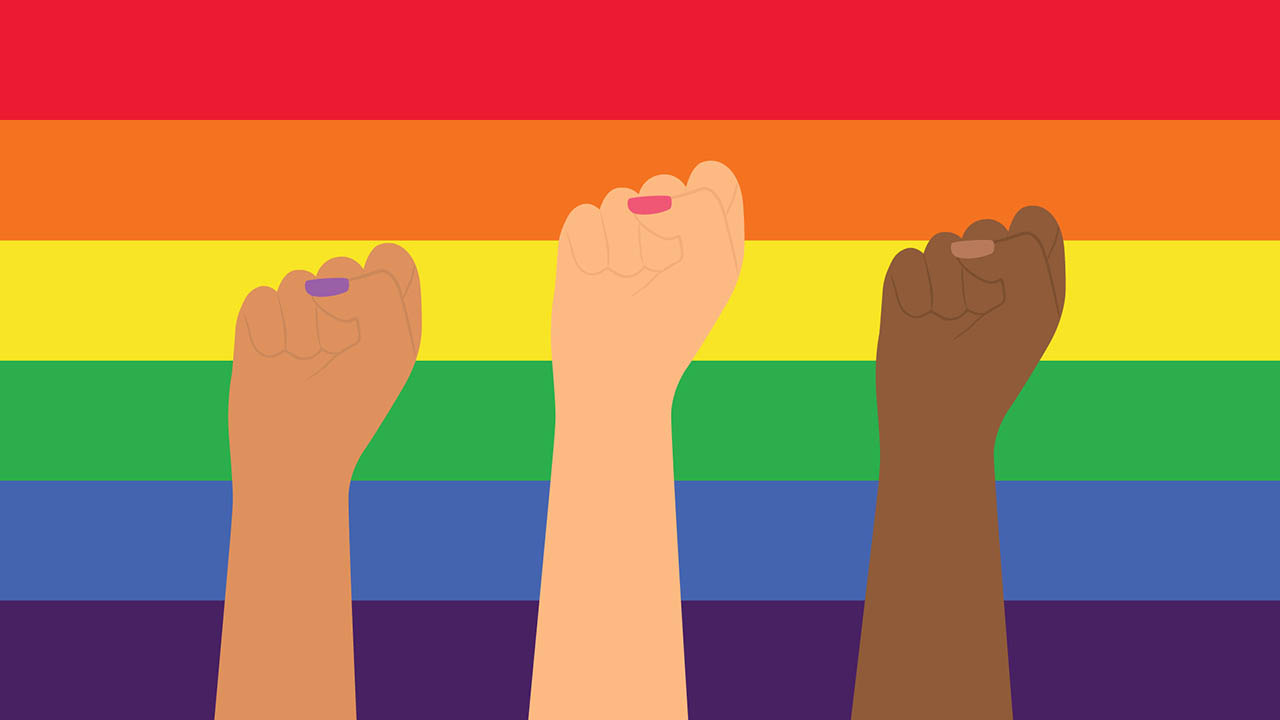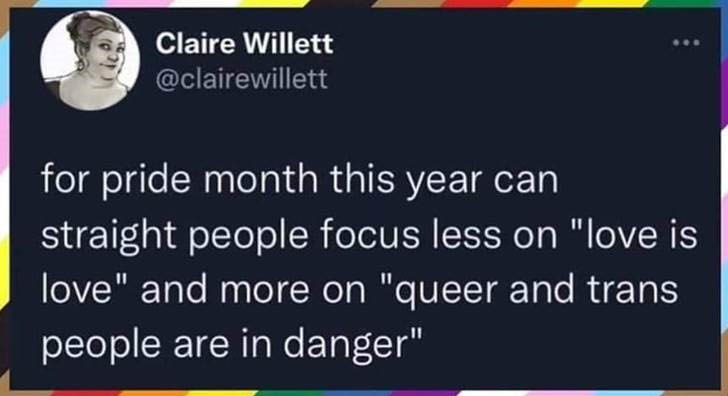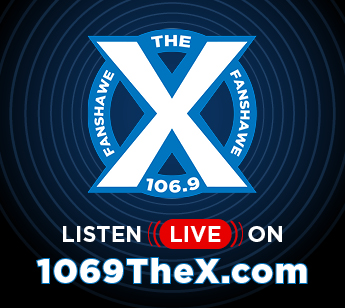How to write about Pride – and get it wrong
 CREDIT: CREATIVEDESIGNART
CREDIT: CREATIVEDESIGNARTThis Pride, I want to be a better ally.
Choose love. Choose Pride.
I thought I was being clever.
In trying to create a digital ad, I browsed through Canva’s free graphic library to get me started. Graphics containing glitter, confetti, rainbows, and community flags were to be paired with inspirational captions, perfect combinations that would draw the month all the attention it deserves. The wittier, the better. Keep it short, not exhaustive. Light. Almost too light. As if there wasn’t already enough celebratory Pride material, no concept of excess that would deter me in the process.
Then, my co-worker sent me this:

It gave me a much-needed pause for reflection. A shock, really.
Because that’s where well-seeming allyship can go wrong, inadvertently using celebratory overtones to deafen the stark reality of the 2SLGBTQIA+community. How anti-2SLGBTQIA+sentiment is not just a verbal threat. Or the offensive grumblings of the disgruntled few. It is one of the driving forces behind hate crimes. Hate crimes that have seen alarming increases over the last few years. That Canada “is not immune to these attacks” as we may otherwise like to believe; that these crimes include targeted violence that, at best, put LGBTQ+ individuals at higher risk, and, at worst, physically harm or scar them for life. All while Pride month pumps out positive messaging such as living your authentic self—never mind the palpable dangers associated with openly broadcasting that self to the world. Authenticity at what personal cost? Some of us never have to consider that cost.
This Pride, I want to be a better ally. Not at the expense of celebration or ruining “a good time,” but to draw attention where attention is needed. That anti-2SLGBTQIA+ rhetoric and violence are not foregone concepts; that it is real, tangible, and lived, and that the effect of this throughout Pride month may not simply water down to “Be Proud” or “Be Who You Are” in the ways that we like to flaunt on social media. Take, for instance, how the federal government of Canada has increased their funding to Pride organizations this year up to $1.5 million due to security concerns.
So, what to do with that knowledge? March to be proud of who you are. Celebrate your authenticity. And as an ally, march with the 2SLGBTQIA+ community with an understanding of the dangers associated of a walking under a rainbow banner that proclaims your vulnerability to the world—and how that may be used as a basis for discrimination and targeted violence. Less cute captions, more action.
A support resource for the 2SLGBTQIA+ community can be found here.
Support the community by participating in London Pride this year on Sunday, July 23rd. Fanshawe’s registration link can be found here.



